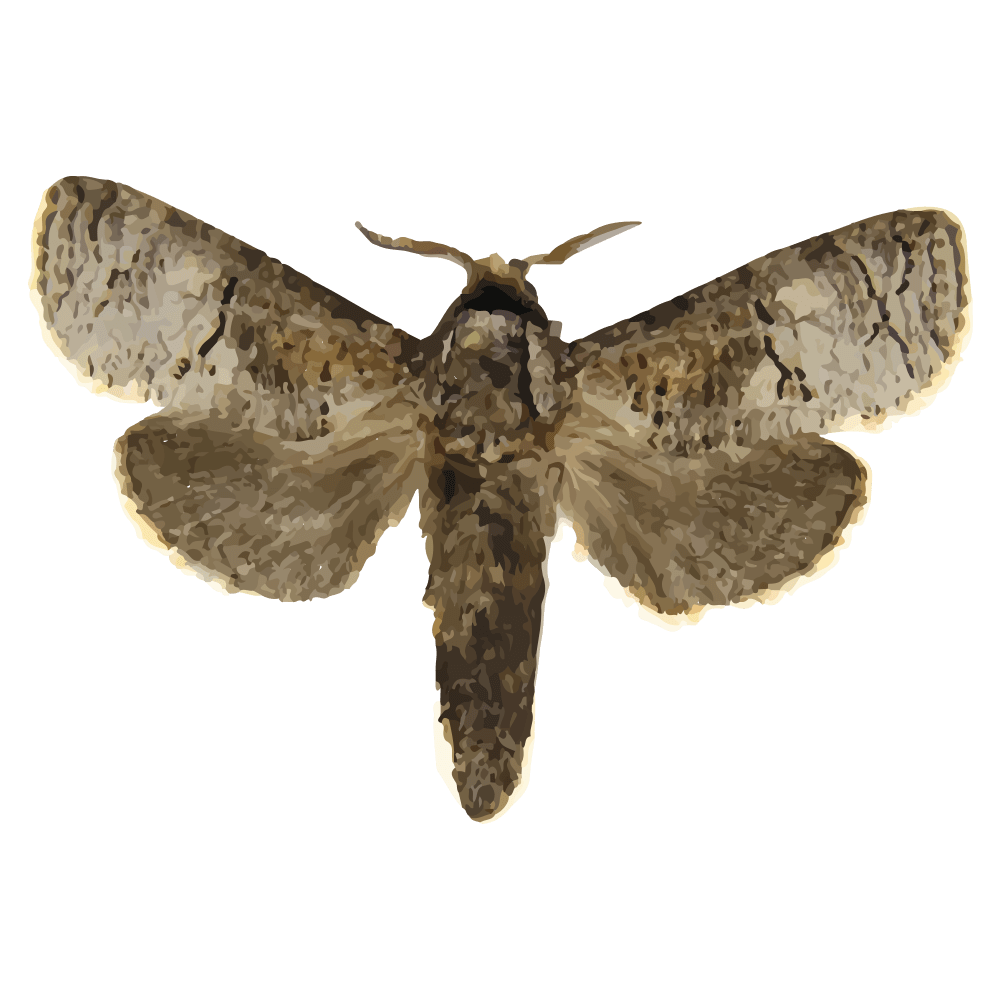


| Latin Name | Holcocerus insularis |
| Common Name | Carpenter worm |
| Biology | Larvae bore into the trunks or roots of windbreak and sand-fixation plants (e.g., Salix psammophila, Populus) at the base, forming longitudinal galleries that lead to tree mortality. This species completes 1-2 generations annually, overwintering as mature larvae within galleries. Adults emerge from June to August, exhibit weak phototaxis, and lay eggs in bark fissures or wounds. Newly hatched larvae directly bore into the phloem and tunnel into the xylem, with frass accumulating outside exit holes. |
| Damage | Primary hosts include wind-breaking and sand-fixing plants such as Salix psammophila, poplar, and Haloxylon ammodendron. |
| Distribution Regions | Northwestern China |
| Monitoring | Pheromone lures mimic natural sex pheromones to attract male insects into specialized traps for population monitoring and suppression. As a core IPM component, monitoring enables early risk detection and targeted control. Mass trapping reduces mating opportunities to curb offspring populations. Protocols: ●Use only with matched traps. ●15-45 traps/hectare,replace/replenish every 4-6 weeks. ●Wear gloves or wash hands with detergent when switching lure types. ●Refer to trap-specific hanging instructions. |
| Recommended Traps | Delta Trap, Wing Trap |

Comparta su información de contacto para recibir soluciones de feromonas de precisión. En caso de que nuestra cartera existente no se adapte de forma óptima, nuestro equipo de química sintética iniciará el desarrollo personalizado, desde el diseño de la estructura molecular hasta la producción a escala.